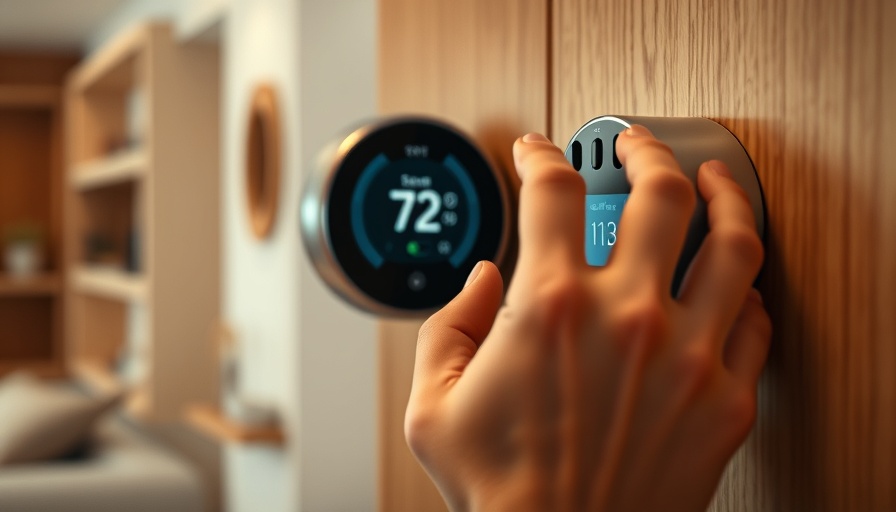
A Step-by-Step Guide to Maintaining Your Sliding Patio Door
Maintaining a sliding patio door might not top your home improvement to-do list, but taking a few proactive steps can extend its life and enhance your home’s appeal. In this article, we will dive deep into maintenance tips that ensure your patio doors glide smoothly and efficiently.
Why Sliding Doors Are Important
Sliding patio doors serve as an architectural bridge between indoor and outdoor living spaces, allowing for natural light to illuminate your home. They provide a seamless transition from your cozy interior to your serene patio, which is particularly desirable for homeowners in southeast Michigan, where the seasons encourage outdoor enjoyment. However, like any feature of your home, they require care to continue functioning at their best.
Common Issues with Sliding Patio Doors
Many homeowners overlook their sliding patio doors until problems arise. Issues such as sticky tracks, derailed rollers, and damaged weatherstripping can lead to more significant concerns if not addressed promptly. The good news is that these problems can often be prevented or fixed with some simple maintenance.
Essential Maintenance Tips
1. Regular Cleaning is Key
One of the simplest yet most effective maintenance tasks is cleaning. Both the glass and the track need your attention. Use a mixture of soapy water and a sponge or cloth to wipe the glass, ensuring that it remains streak-free and inviting. For stubborn grime in the tracks, a vacuum can easily remove debris, while an old toothbrush can help reach into the grooves.
2. Lubricate Tracks Wisely
Lubrication plays an essential role in ensuring smooth operation. However, it’s important to choose the right kind of lubricant. Use silicone or graphite sprays tailored for this purpose, and avoid old favorites like WD-40 since they can attract dirt and create more problems.
3. Inspect and Replace Worn Parts
Over time, rollers can wear out, making it difficult to open and close the door. Regularly checking for wear and replacing parts like weatherstripping will keep your door functioning optimally. Homeowners can often perform these replacements with relative ease, saving on service costs.
4. Alignment Checks
If your door seems to stick or close unevenly, checking the alignment is crucial. Settlement or damage can misalign the door. Adjusting the roller screws may correct this problem. If the alignment issue persists, it may be time to consult a professional.
Potential Problems and How to Address Them
Even with regular maintenance, homeowners should be aware of common issues that can arise.
Need for Replacement Rollers
If the door frequently sticks, it might be the rollers’ fault. Understanding when to replace them can save you from future headaches from a total door failure.
Damaged Weatherstripping
Old or brittle weatherstripping lets cold drafts enter your home, increasing your HVAC expenditures. Replacing these seals is straightforward and can drastically improve your home’s energy efficiency.
Embrace Your Inner DIYer
For homeowners looking to enhance their spaces, maintaining your sliding patio door can be a fulfilling project. Not only does it improve the functionality of these essential features, but it also adds value in terms of aesthetics and energy efficiency. Remember, staying proactive and regularly servicing your doors can help mitigate potential problems before they escalate.
Call to Action
With these straightforward tips in hand, it's time to embrace your DIY spirit! Your sliding patio doors are ready for a little TLC. Engage in regular checking and maintenance—it'll pay off in the long run. Whether diving into a project yourself or seeking professional help, keeping your door in optimal shape is a worthwhile endeavor!
 Add Row
Add Row  Add
Add 




Write A Comment